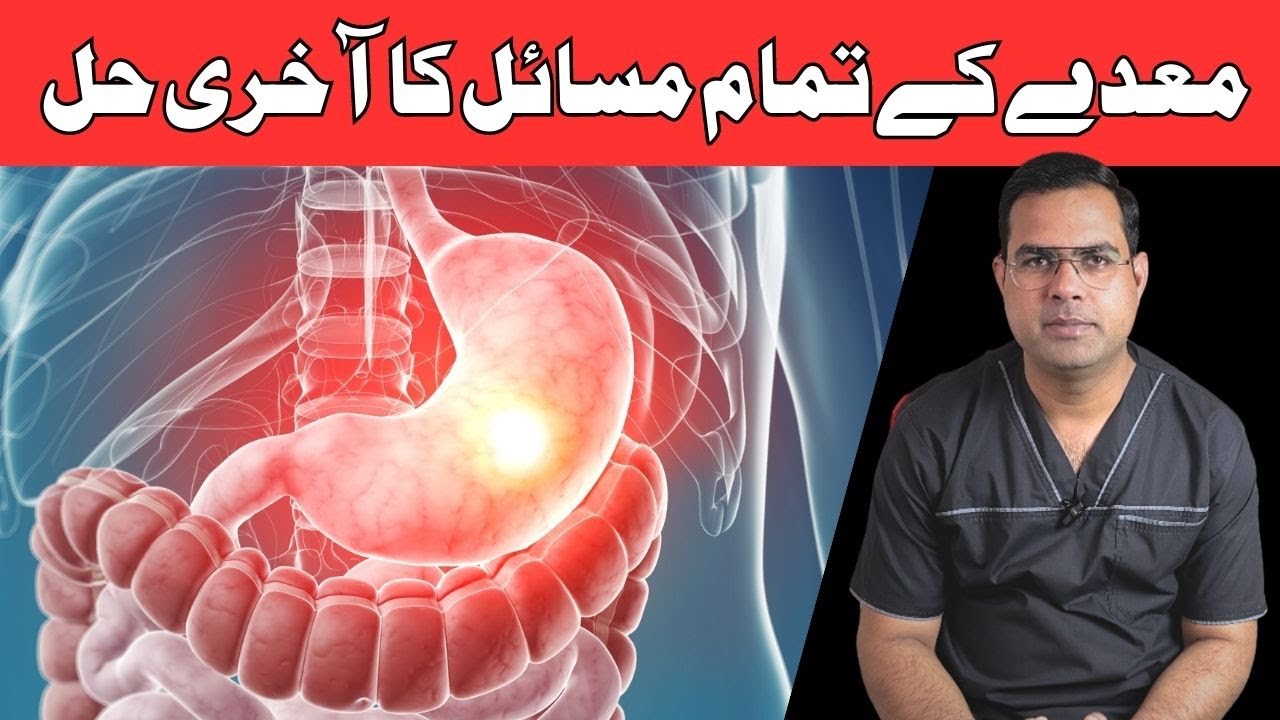Prevalence of Joint Pain in Women
Joint pain is a significant health concern for many women, affecting their mobility and overall well-being. Studies show that women are more likely than men to experience joint pain, especially as they age. This can be due to a combination of factors including hormonal changes, higher prevalence of autoimmune diseases, and differences in joint structure.
Understanding the Causes
Understanding the underlying causes of joint pain is crucial for effective treatment. Joint pain can result from various conditions such as arthritis, injuries, or chronic diseases. Identifying the cause helps in tailoring the treatment approach, whether it involves natural remedies or professional medical care.
Common Causes of Joint Pain in Women
Arthritis
Arthritis is a leading cause of joint pain in women. There are different types of arthritis, including osteoarthritis, which is caused by wear and tear on the joints, and rheumatoid arthritis, an autoimmune condition that leads to joint inflammation.
Tip: Early diagnosis and treatment of arthritis can help manage symptoms and prevent joint damage.
Hormonal Changes


Hormonal fluctuations, particularly during menopause, can contribute to joint pain. Estrogen, which has a protective effect on joints, decreases during menopause, potentially leading to increased joint pain and stiffness.
Tip: Hormone replacement therapy (HRT) and natural supplements can help manage symptoms associated with hormonal changes.
Osteoporosis
Osteoporosis, a condition characterized by weakened bones, can lead to joint pain and an increased risk of fractures. Women are at higher risk of developing osteoporosis, especially after menopause.
Tip: Regular bone density screenings can help detect osteoporosis early and guide preventive measures.
Physical Activity and Injuries
High-impact activities and injuries can strain joints and lead to pain. Overuse injuries, common in athletes, can cause inflammation and discomfort in the joints.
Tip: Proper warm-up and stretching before exercise can help prevent injuries and reduce the risk of joint pain.
Autoimmune Disorders
Autoimmune disorders such as lupus and fibromyalgia can cause widespread joint pain and inflammation. These conditions often require specialized treatment to manage symptoms effectively.
Tip: Regular check-ups with a rheumatologist can help monitor and manage autoimmune-related joint pain.
Natural Remedies for Joint Pain
Diet and Nutrition
A balanced diet rich in anti-inflammatory foods can help manage joint pain. Foods high in omega-3 fatty acids, such as salmon and flaxseeds, can reduce inflammation, while antioxidant-rich fruits and vegetables support overall joint health.
Tip: Incorporate turmeric and ginger into your diet for their natural anti-inflammatory properties.
Exercise and Physical Therapy
Regular exercise helps maintain joint flexibility and strength. Low-impact activities such as swimming, cycling, and yoga are particularly beneficial for reducing joint pain without putting too much stress on the joints.
Tip: Consult with a physical therapist to develop a personalized exercise plan that supports joint health.
Herbal Supplements
Certain herbal supplements, like glucosamine, chondroitin, and MSM (methylsulfonylmethane), can support joint health and reduce pain. Always consult with a healthcare professional before starting any new supplement.
Tip: Boswellia, an herb with anti-inflammatory properties, is also effective in managing joint pain.
Hot and Cold Therapy
Applying heat or cold to affected joints can help alleviate pain and reduce inflammation. Heat therapy relaxes muscles and improves circulation, while cold therapy numbs the area and reduces swelling.
Tip: Use a heating pad or a cold pack for 15-20 minutes at a time for optimal relief.
Stress Management
Stress can exacerbate joint pain and inflammation. Techniques such as mindfulness, meditation, and deep breathing exercises can help manage stress and reduce its impact on joint pain.
Tip: Incorporate relaxation techniques into your daily routine to support overall joint health.
Professional Treatments for Joint Pain
Medications
Over-the-counter medications such as NSAIDs (nonsteroidal anti-inflammatory drugs) and acetaminophen can provide temporary relief from joint pain. Prescription medications, including corticosteroids and disease-modifying antirheumatic drugs (DMARDs), may be necessary for managing more severe pain and inflammation.
Tip: Always follow your healthcare provider’s instructions when using medications for joint pain.
Physical Therapy
Physical therapy involves exercises and techniques designed to improve joint function and reduce pain. A physical therapist can provide personalized treatment plans to strengthen muscles, increase flexibility, and support joint health.
Tip: Regular physical therapy sessions can help manage chronic joint pain and improve mobility.
Chiropractic Care
Chiropractic care focuses on the alignment of the spine and joints. Chiropractors use manual adjustments and other techniques to relieve pain, improve joint function, and enhance overall health.
Tip: Ensure you visit a licensed chiropractor for safe and effective treatment.
Injections and Procedures
Injections such as corticosteroids or hyaluronic acid can provide relief for severe joint pain and inflammation. Procedures like arthroscopy, which involves examining and treating joint problems with a small camera, can also help address specific issues.
Tip: Discuss the potential benefits and risks of injections and procedures with your healthcare provider.
Surgery
In severe cases where other treatments have failed, surgery may be necessary. Joint replacement surgery, such as hip or knee replacement, can significantly improve quality of life for those with advanced joint damage.
Tip: Post-surgery rehabilitation is crucial for recovery and regaining joint function.
Preventive Measures to Maintain Joint Health
Weight Management
Maintaining a healthy weight reduces the strain on your joints, particularly the knees and hips. Excess weight can lead to increased wear and tear on the joints, contributing to pain and degeneration.
Tip: Combine a balanced diet with regular exercise to achieve and maintain a healthy weight.
Regular Exercise
Regular exercise helps keep joints flexible and strengthens the muscles that support them. Focus on low-impact activities that don’t put too much stress on the joints.
Tip: Aim for at least 150 minutes of moderate-intensity exercise each week.
Proper Posture
Maintaining good posture reduces the strain on your joints and prevents pain. Pay attention to your posture while sitting, standing, and lifting objects to protect your joints.
Tip: Use ergonomic furniture and accessories to support good posture at work and home.
Ergonomic Adjustments
Make ergonomic adjustments to your workspace and daily activities to reduce joint strain. Use supportive chairs, adjustable desks, and ergonomic tools to maintain joint health.
Tip: Take regular breaks to stretch and move around if you have a sedentary job.
Conclusion
Joint pain in women can be effectively managed through a combination of natural remedies and professional treatments. Understanding the causes and taking proactive steps to maintain joint health can lead to a better quality of life. By incorporating a holistic approach that includes diet, exercise, stress management, and medical care, women can alleviate joint pain and enjoy improved joint function and overall well-being.
FAQs
Can Diet Alone Improve Joint Health?
While a healthy diet can significantly improve joint health by reducing inflammation and providing essential nutrients, it’s important to combine it with other treatments such as exercise and physical therapy for optimal results.
Are Natural Remedies Effective for Chronic Joint Pain?
Natural remedies can be effective for managing mild to moderate joint pain. However, for chronic or severe pain, it’s important to seek professional medical advice and consider a combination of treatments.
How Often Should I See a Specialist for Joint Pain?
The frequency of visits to a specialist depends on the severity of your joint pain and your treatment plan. It’s important to have regular check-ups to monitor your condition and adjust treatments as necessary.
What Are the Early Signs of Joint Issues?
Early signs of joint issues include pain,




